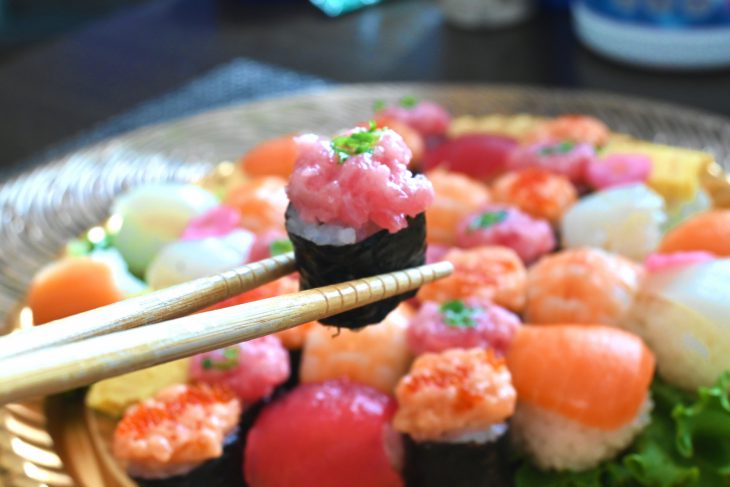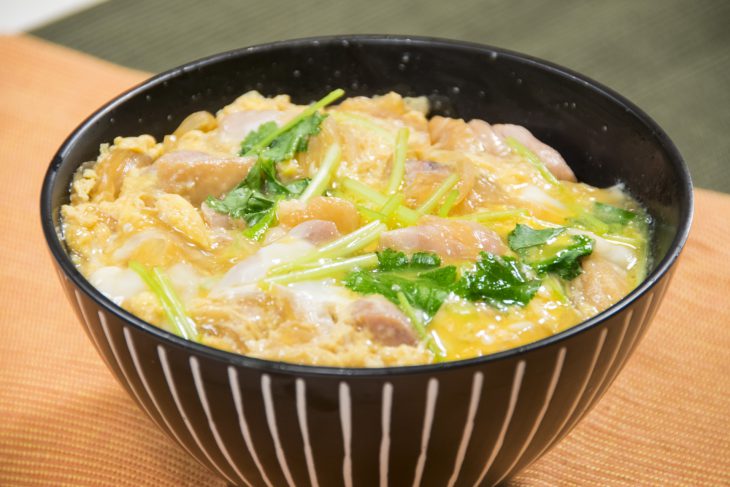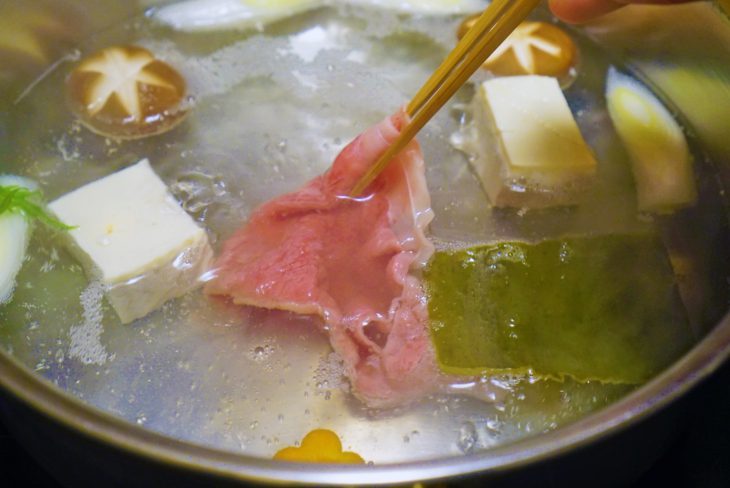Washoku: Traditional Japanese Cuisine Part Seven
Today FFJ writer MENTAIRICE is here to give you an introduction to washoku, Japan’s national cuisine which has become a worldwide sensation in recent years and was even added to the UNESCO Intangible Cultural Heritage List in 2013.

Contents
The four defining characteristics of washoku are:
(1) An emphasis on bringing out the natural flavor of a diverse variety of fresh ingredients
Japanese territory spans far lengthwise from north to south and is blessed with an abundance of natural landscapes from the sea, to the mountains, to the countryside. Thanks to this geographic diversity, each region is home to a wide variety of local ingredients which are incorporated into the country’s traditional cuisine along with a set of cooking techniques and tools developed specifically for bringing out the inherent flavors of the ingredients themselves.
(2) Balanced nutrition to support a healthy diet
The foundation of the traditional Japanese meal consists of one soup and three dishes, which is said to make for the ideal nutritionally balanced meal. Japanese cuisine is also great at bringing out the natural flavors of each ingredient, allowing for a diet low in animal fats which has helped contribute to the country’s long life expectancy and low obesity rates.
(3) An expression of the beauty of nature and the changing seasons
Yet another defining characteristic of traditional Japanese cuisine is that it seeks to incorporate the beauty of nature and the changing seasons. Dishes are often garnished with seasonal flowers and leaves and everything from the furnishings to the tableware used are symbolic of the season, allowing one to fully appreciate the distinct atmosphere of each season.
(4) A significant part of seasonal events such as the New Year’s holiday season
Traditional Japanese cuisine has evolved to form an integral part of the country’s seasonal events. By sharing the foods with which we were blessed by nature, mealtime in Japan has played an important part in strengthening the bonds among families and communities.
*From the Japanese Ministry of Agriculture, Forestry and Fisheries website
【Oyakodon】

Oyakodon is a dish consisting of chicken meat simmered in a broth such as warishita (sukiyaki sauce) topped with beaten egg over a bed of white rice. The name oyako (literally “parent and child”) is derived from the fact that both chicken meat and eggs are used in the dish.
The chicken meat is often simmered together with onion or green onion and the final dish garnished with toppings such as mitsuba (Japanese parsley) and chopped nori seaweed flakes for a touch of color. In recent years it has become commonplace for oyakodon to be prepared with juicy soft-boiled egg and it is often enjoyed seasoned with a spicy touch of cayenne pepper or shichimi togarashi (seven-spice blend).
Oyakodon made using soba dipping sauce is also delicious and is often served together with soba noodles at soba restaurants. Simple to prepare, oyakodon is a traditional Japanese dish which many mothers often make at home for their children.
【Tonijiru / Butajiru】

Tonjiru (also known as butajiru) is a Japanese dish made from pork and vegetables simmered in a miso broth. It is basically miso soup with pork meat and plenty of vegetables and other ingredients. The dish is characterized by its unique aroma of miso and vegetables, particularly bitter root vegetables such as burdock root, and plenty of pork with just the right amount of fat.
Each household and restaurant’s recipe will call for different vegetables and other ingredients, but as a general rule of thumb, as long as it has pork in it, anything else goes. This warm soup is the perfect dish to warm you inside and out on a cold winter day and leave you feeling relaxed in both mind and body.
The dish is known by both the names tonijru and butajiru and has long been a familiar staple of Japanese restaurants, gyudon beef bowl restaurants, and home-style cooking alike.
【Shabu Shabu】

Shabu shabu is a type of hot pot (nabe) dish in which extremely fine-cut slices of meat are briefly dipped into a pot of boiling soup broth for a few seconds each time until cooked and then enjoyed dipped in shabu shabu sauce. The most typical sauces include ponzu (a citrus soy sauce) seasoned with green onion and other condiments and sesame sauce.
Beef was once the shabu shabu meat of choice, but in recent years pork has become almost just as common. A variety of kinds of seafood including buri (Japanese amberjack), fugu (pufferfish), octopus, sea bream, and snow crab have also become popular shabu shabu options.
Other ingredients such as chicken, vegetables, tofu and more are added to the pot and boiled in the soup and enjoyed in between bites of the main shabu shabu meat. The meal will typically come to a close with what is known as a shime – either rice or noodles added to the soup at the end of the meal – one of the best parts of any hot pot meal.
Traditional Japanese washoku cuisine has received high acclaim worldwide and you will now find a number of Japanese restaurants popping up all over the globe. So be sure to come and enjoy this authentic culinary experience right here in the birthplace of washoku.
